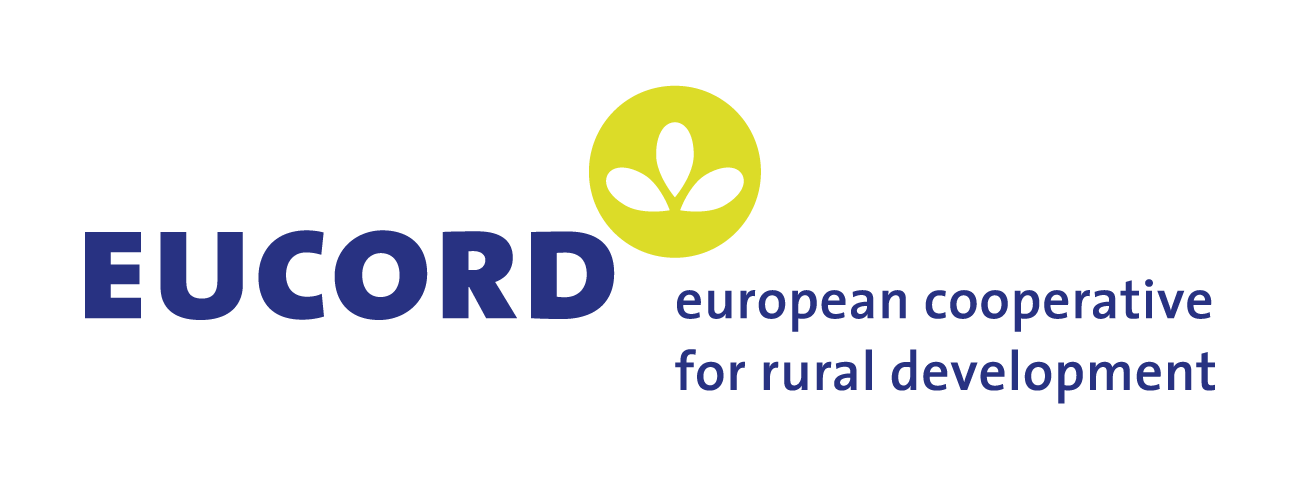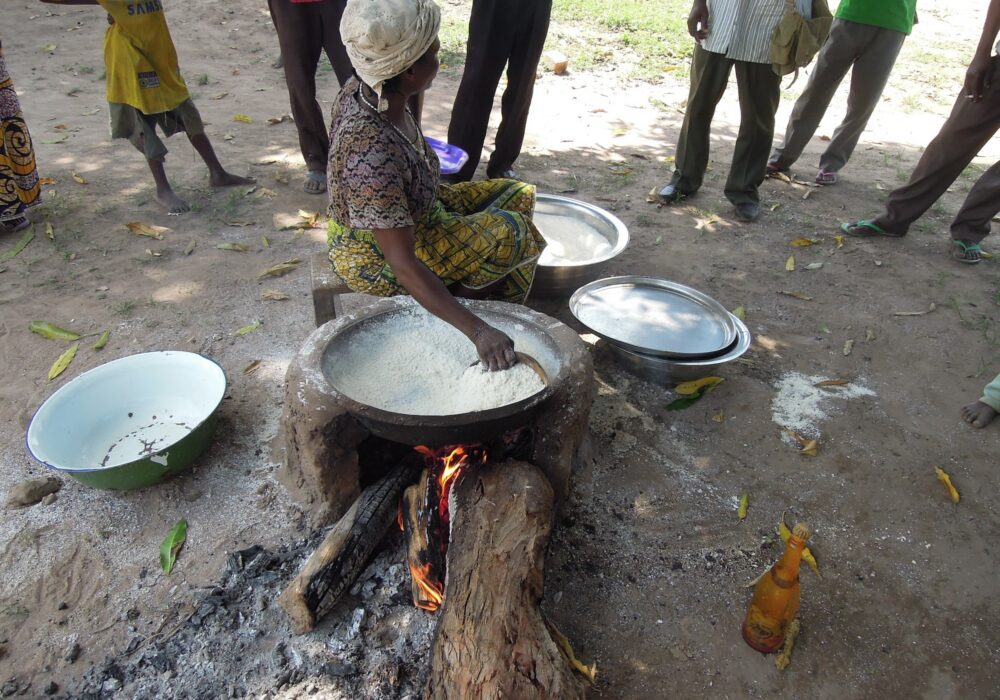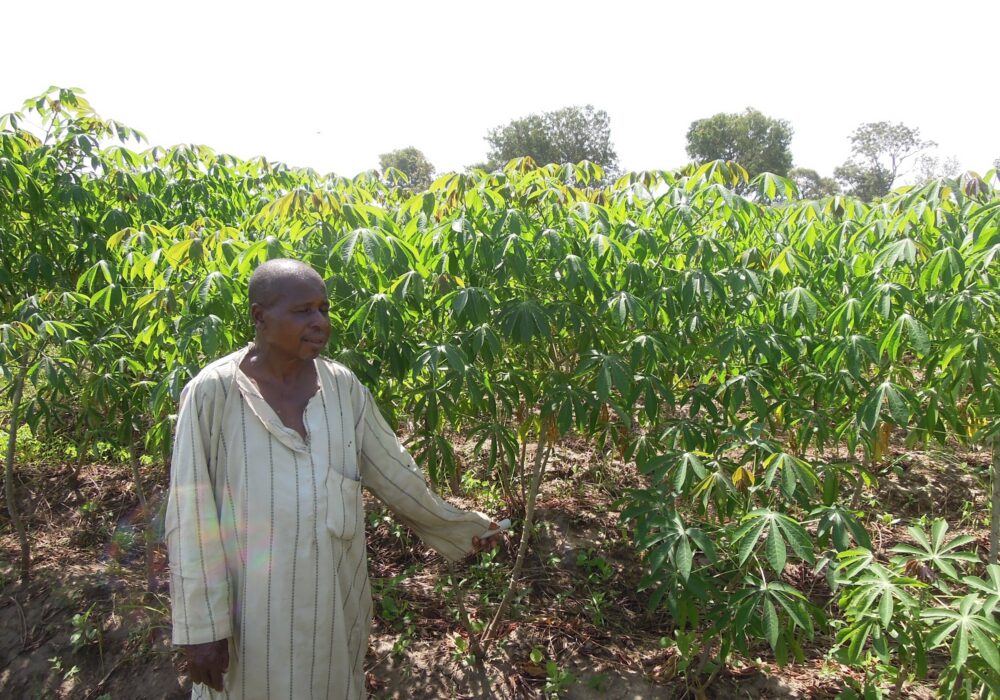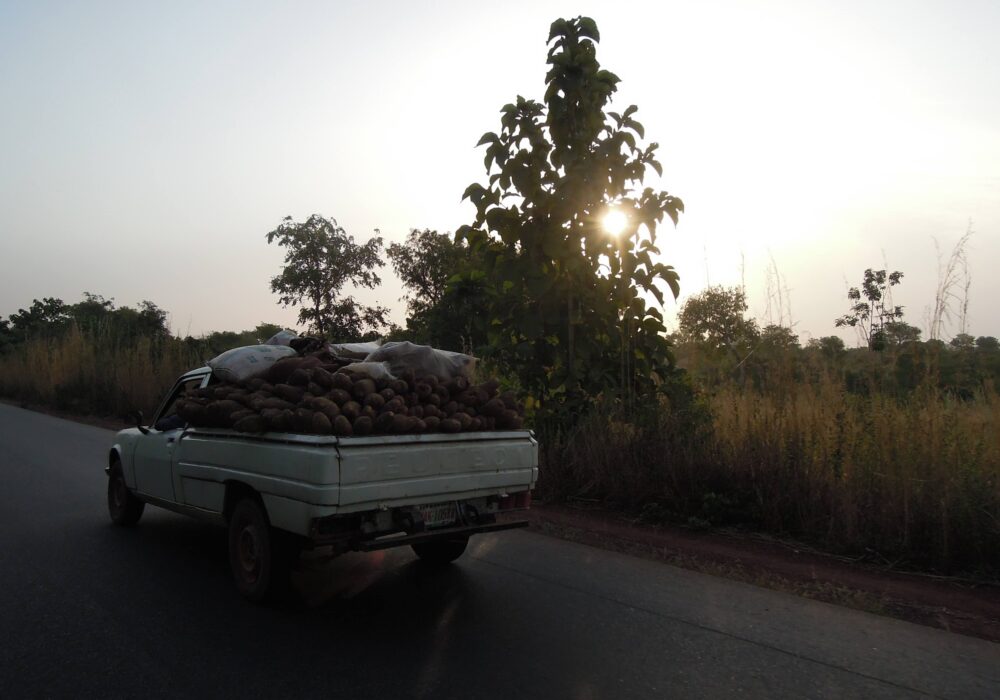Nigeria, 2013
Client: Winrock International & USAID/MARKETS II project
What we did
An assessment of feasibility of locally sourced cassava to replace imported glucose was made for a Nigerian food & beverage company, tasked by the USAID/MARKETS II project. The main objective was to analyze cassava availability and seasonality, and the ability of local farmers to meet the supply targets. With that information and evaluation of attractiveness of the opportunity for farmers, the consultant also identified suitable cassava varieties, assessed potential impact on food security and on cassava's price. Additionally, it was also necessary to conduct a cost-benefit analysis and review supply logistics.
Conclusions
To ensure a consistent supply of raw materials and mitigate risks associated with price fluctuations and seasonal availability, it is recommended to source fresh cassava roots from a variety of suppliers. These suppliers should include a commercial-scale nucleus farm, medium to large-scale contract growers, smallholder outgrowers, and traders/suppliers. The glucose plant should support the establishment of a commercially operated nucleus farm under its direct supervision, which will supply at least 50% to 60% of the factory’s raw material needs during the initial years. This supply will be supplemented by medium-scale contract growers and smallholder outgrowers, whose participation is expected to grow as market confidence increases. If fresh cassava roots are not available in sufficient quantities, the plant can use dried cassava roots or chips as an alternative.



